Angular 2 & TypeScript Beginner Web Development
Loại khoá học: Web Development
Angular 2 web development for beginners with TypeScript & Firebase
Mô tả
Angular 2: The Complete Beginner's Guide
This course is going to teach you all of the fundamentals of Angular2
This is one of the most comprehensive courses on Angular 2 on the Internet. We use Angular 2 every day in our own projects and we wanted to share that powerful knowledge with the world!
This course is for absolute beginners & for seasoned programmers!
This course will take you down a guided learning path. You'll learn the basics of TypeScript, and move on to creating both simple and complex web apps.
Not only will you build web apps, but you will learn how to do it the way the pros do. We'll even cover advanced intermediate to advanced topics.
Here are some of the things you will learn:
- Tooling
- Automation
- TypeScript
- Components
- Forms
- Validation
- Services
- HTTP
- Firebase
- Directives
- So much more....
And don't forget about our FREE chatroom where you can get live help, interact with the community, and find people to start your own game studio.
Now is the time to learn how to code and build web apps the Devslopes way with Angular!
Bạn sẽ học được gì
Build web apps that can connect to servers
Build web apps that can be reused
Understand TypeScript & Angular 2
Yêu cầu
- You'll need any computer running macOS or Windows
- You should know the basics of HTML/CSS - but not required
Nội dung khoá học
Viết Bình Luận
Khoá học liên quan

Đăng ký get khoá học Udemy - Unica - Gitiho giá chỉ 50k!
Get khoá học giá rẻ ngay trước khi bị fix.


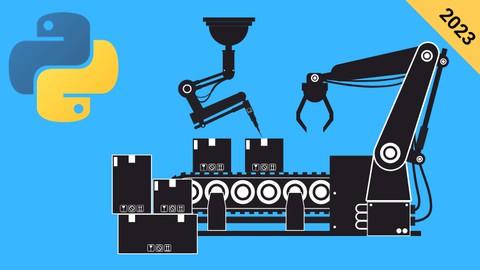
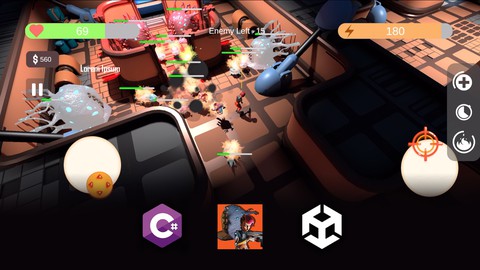

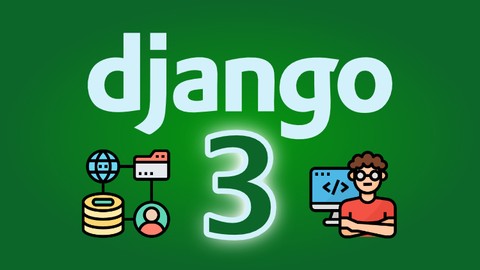
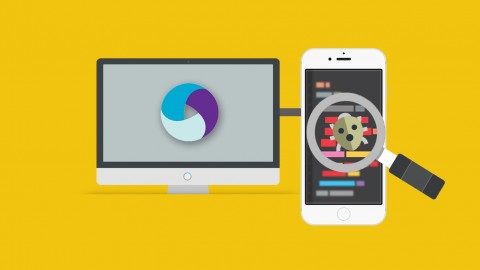










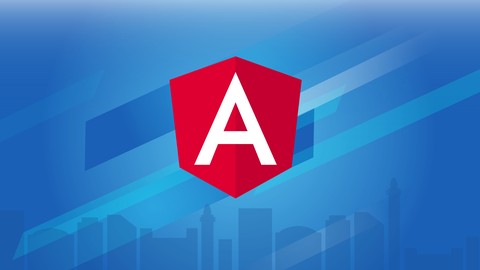
Đánh giá của học viên
Bình luận khách hàng